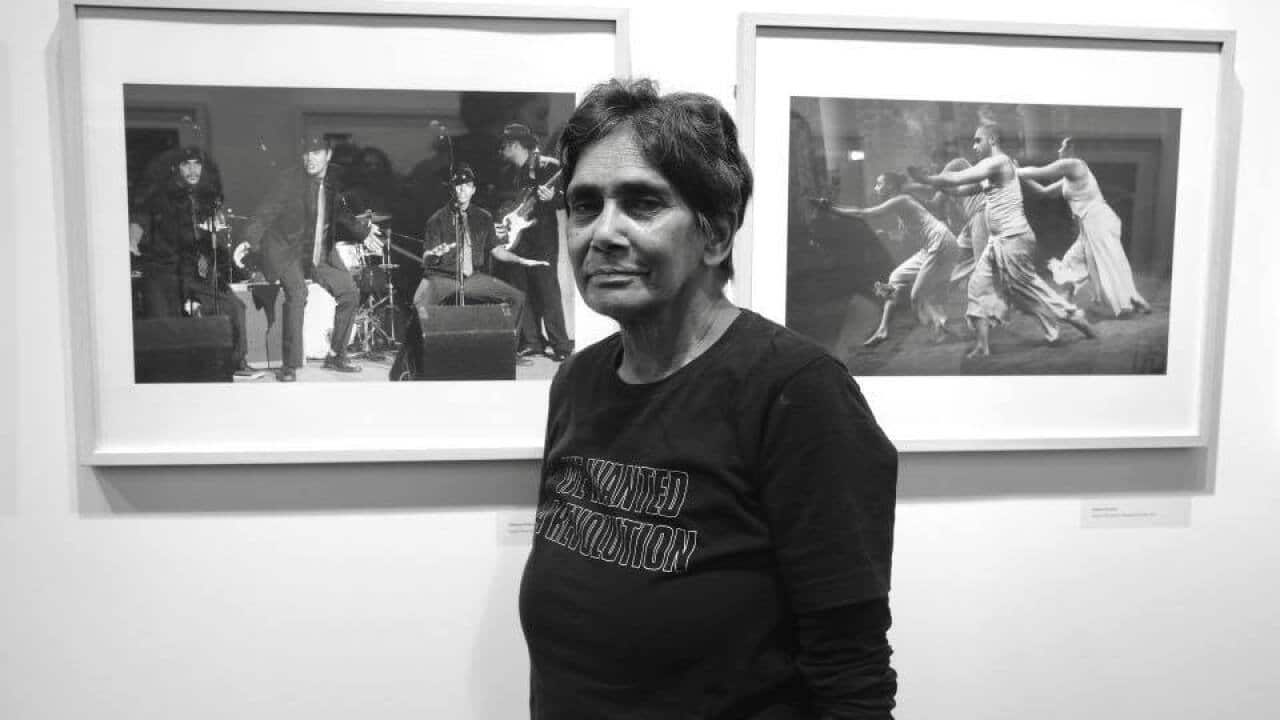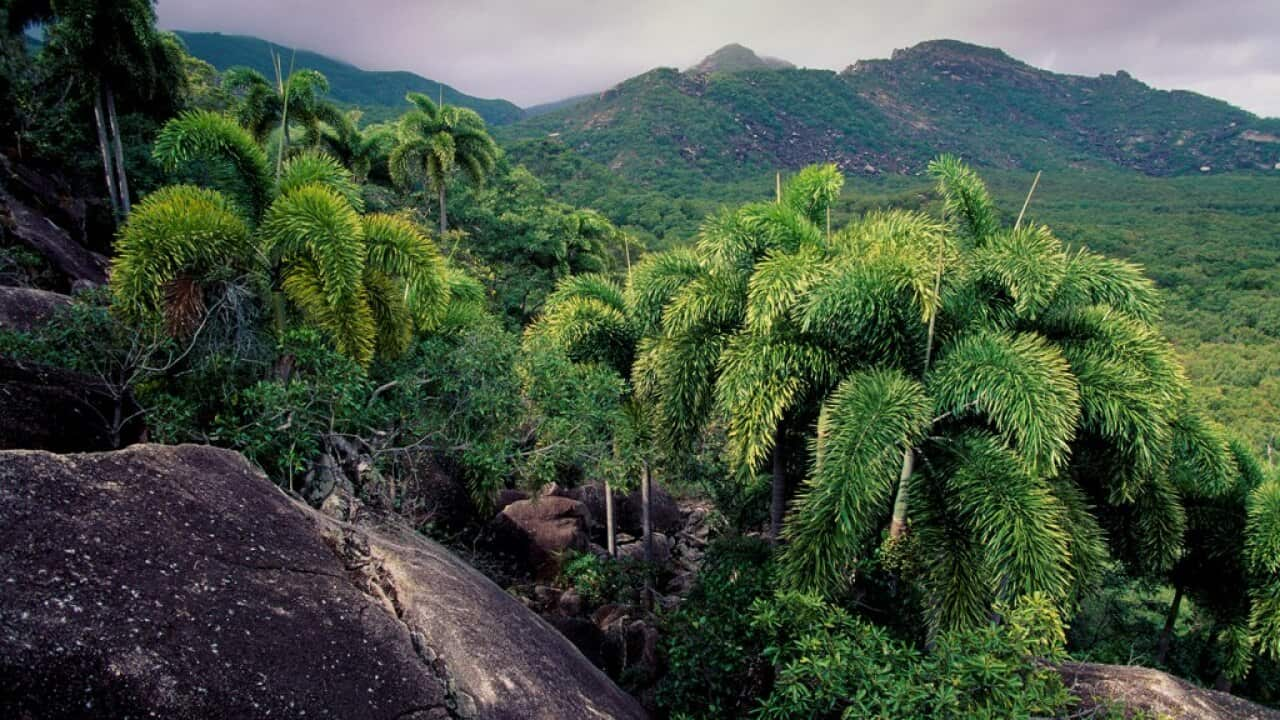The story behind the Yolŋu people’s fight for recognition of Indigenous Sea Rights and the Blue Mud Bay Legal Case will be uniquely displayed in a powerful new exhibition featuring the historic collection of Yirrkala Bark Paintings of Sea Country.
The Australian National Maritime Museum is showcasing Gapu-Monuk Saltwater: Journey to Sea Country - an acknowledgement of the significant and stunning story about the landmark case and triumphant win.
Gapu-Monuk are words from the Yolŋu matha language, of north-east Arnhem Land. Gapu (water), monuk (salt), describes Saltwater.

Source: NITV News
YIRRKALA BARK PAINTINGS – The Saltwater Collection
Created by 47 Yolŋu artists who petitioned for sea rights by painting their Sea Countries onto bark and revealing sacred patterns or designs known as miny’tji, that were created by Ancestral Beings.
The exhibition also includes Mokuy (spirit) carvings, Larrakitj (mortuary pole paintings on hollowed trees), up to 40 paintings, oral histories, aerial photography and other traditional and contemporary indigenous objects to delve deeper into the stories of the communities who created the paintings
The Yirrkala Bark Paintings of Sea Country map hundreds of kilometres of the coast, showing physical and social features throughout the region. All set against traditional sacred designs representing fresh, tidal and salt water, and represents the connection to country according to the son of Birrkitji*, Dhalwaŋu clan, Yirritja moiety.
"...For there lies stories and songs, feelings. These are our feelings. We can feel the water as it goes out and as it comes in. That is why we love the saltwater and sea country," he said.
Learning about land and water
Yolŋu artists from fifteen clans and eighteen homeland communities in east Arnhem Land created the sacred paintings in a response initiated by Madarrpa clan leader Djambawa Marawili in 1997, following the discovery of illegal fishing on a sacred site in his clan estate.
Djambawa Marawili AM said in 1999, “It is time for non-Aboriginal people to learn about this land, learn about the waters. So if we are living the way of reconciliation, you must learn about Native Title and Sea Right.”
The paintings were deemed the equivalent of title deeds to the sea rights of coastal waters. And almost a decade later, in July 2008, the High Court of Australia confirmed that traditional owners of the Blue Mud Bay region in North-East Arnhem Land, together with traditional owners of almost the entire Northern Territory coastline, have exclusive access rights to tidal waters overlying Aboriginal land.
Through this exhibition we can immerse visitors in the important stories of the communities behind the paintings.
Museum director Kevin Sumption said the museum is honoured to be the caretakers of the 80 bark paintings that assisted in highlighting the ownership of Sea Country for the Yolŋu.
"We hope that through this exhibition we can immerse visitors in the important stories of the communities behind the paintings," he said.
"We are also delighted to fly the Blue Mud Bay flag representing this landmark decision and event for Yolŋu and the wider Australian community,” Sumption said.
Indigenous objects include Mokuy (spirit) carvings and Larrakitj (mortuary pole paintings on hollowed trees) which are combined with interactives, maps and video footage to give visitors an insight into the beliefs, languages and traditions of the communities as well as the unique landscape of north-east Arnhem Land.
Exhibition curators Helen Anu and Beau James from the museum’s Indigenous Programmes Unit have been working closely with the Yolnu community in Arnhem Land to develop the exhibition.
Open daily, 9.30am–5pm, from 9 November 2017.





